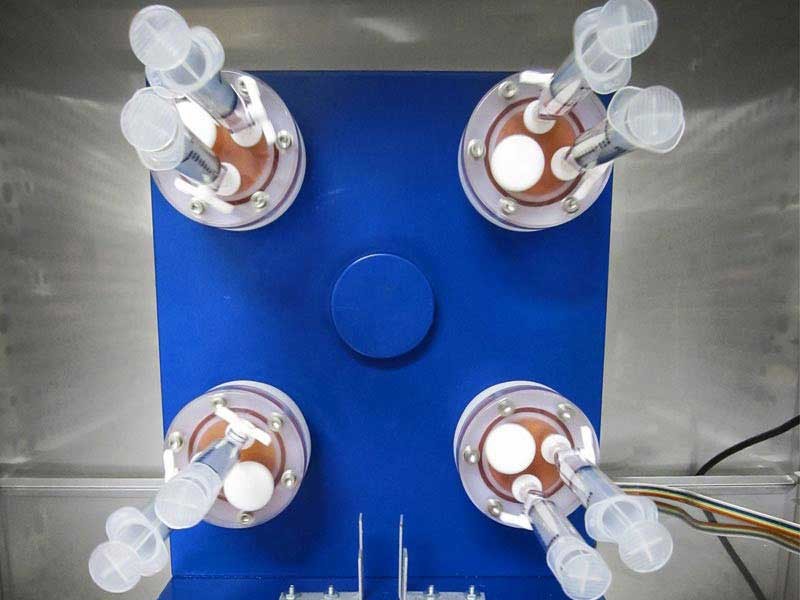
El Valle Grita – Microgravity research has transformed our understanding of human health. Scientists study how the body reacts when gravity no longer pulls in the usual way. Astronauts help researchers gather data that improves medicine back on Earth. This field continues to grow as space missions become more frequent and sophisticated.
“Read More: OPPO Find N5 is the thinnest Foldable in the World with Premium Style and Specifications”
Bones lose density in space much quicker than on Earth. Researchers use this to study osteoporosis and test treatments. They experiment with drugs and exercise regimens designed to prevent bone loss. What takes decades on Earth happens in just months in orbit. This insight leads to better prevention strategies for patients with brittle bones.
Without gravity, astronauts’ muscles weaken noticeably. Scientists study the rate of muscle loss and try interventions to slow it down. These findings directly inform physical therapy programs for bedridden patients and people recovering from injuries. Space missions give doctors a unique lab for testing rehabilitation approaches.
“Read About: How 6G Networks Are Shaping the Future of Connectivity”
Blood and fluids shift upward in microgravity, stressing the heart differently. Researchers monitor astronauts to see how their cardiovascular system adapts. They use this data to develop new treatments for heart failure and blood circulation problems. As a result, these discoveries help improve care for patients with heart disease.
In addition to cardiovascular insights, microgravity also reveals surprising effects on wound healing. Wounds heal more slowly and differently in microgravity environments. This finding has led researchers to test advanced dressings and therapies. Consequently, the goal is to create treatments that promote faster healing even under adverse conditions. Many of these innovations find their way into hospitals on Earth.
Alongside healing and circulation, space studies also shed light on immunity. Astronauts sometimes show weaker immune responses while in orbit. Therefore, scientists test vaccines and immune-boosting strategies in microgravity. These experiments teach us how to strengthen immunity for patients with compromised systems, such as those undergoing chemotherapy. As a result, findings from space studies inform new clinical guidelines.
Building on this, researchers also take advantage of how cancer cells behave differently in orbit. Some cancer cells grow and cluster differently in space. By observing this, researchers study how tumors form and respond to treatment. In addition, microgravity allows for 3D cell cultures that mimic real tumors better than flat dishes on Earth. This knowledge, in turn, helps develop targeted therapies for cancer patients.
The benefits of microgravity extend further into drug research. Proteins and drugs form purer crystals in microgravity than on Earth. As a result, scientists use space labs to grow crystals of potential medications and analyze their structure. This leads to more effective drug designs and improved manufacturing techniques. Patients then benefit from more reliable and potent medicines.
Just as microgravity informs drug development, it also provides insight into eye health. Many astronauts develop vision problems during long missions. Researchers study how fluid shifts affect the optic nerve and retina. These insights, in turn, lead to better treatments for glaucoma and other eye diseases. Lessons from orbit continue to shape ophthalmology on Earth.
Beyond the human body, microgravity also affects microbes. Bacteria and viruses behave differently in orbit, changing how they grow, mutate, and respond to antibiotics. Scientists use this unique environment to study infections more effectively. As a result, they can develop stronger treatments and better understand resistance patterns. Hospitals adopt these findings to improve infection control and patient outcomes.
Finally, the overall impact of microgravity research goes beyond individual discoveries. Conditions that are impossible to replicate on Earth push doctors and scientists to think differently. In turn, the solutions they create for space often benefit patients on the ground. Thanks to these unique experiments, new devices, therapies, and protocols continue to emerge.